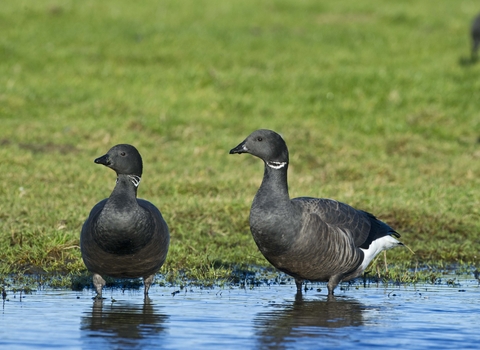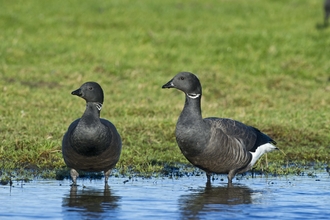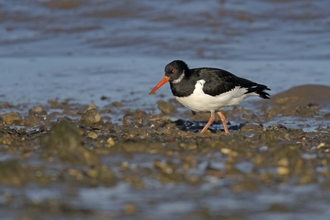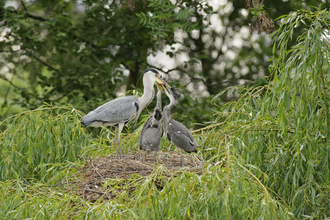Brent geese
Around 91,000 dark-bellied brent geese travel to Britain each autumn from their nesting grounds in Siberia. Here, they spend their winter in our sheltered estuaries and coastal marshes on the east and south coasts; from the Humber round to Portland. Our smallest goose, around the same size as a mallard, the brent geese have spent the winter feeding on eel grass and grazing in coastal fields. At the start of February, with spring approaching, they gather in their largest numbers, preparing for the long journey back to Arctic Russia.
Large flocks collect together, a continual conversation of “ronking” and “cronking” as they discuss the best feeding places and the best time to set off
Where to see brent geese
Norfolk Wildlife Trust’s oldest and best known nature reserve, Cley Marshes is one of the first nature reserves in the country and home in the winter to a large flock of brent geese which grazes on Eye Field, sometimes attracting individuals of the rare black brant, a visitor from America. You can also catch the brent goose visiting:
- Essex, The Naze
- Essex, Two Tree Island
- Essex, Blue House Farm Nature Reserve
- Hampshire, Farlington Marshes
- Lincolnshire, Donna Nook
- Lincolnshire, Gibraltar Point
- Norfolk, Cley Marshes
- Sussex, Rye Harbour
- Yorkshire, North Cave Wetlands
- Yorkshire, Kilnsea Wetlands
- Yorkshire, Wheldrake Ings
How to do it
Wrap up warm and head to one of their favoured haunts on the coast with a pair of binoculars. Spend the day enjoying your wild goose chase, and then finish it off with a bag of chips.
If you can't get to these places
Elsewhere, around 5,000 birds of the pale-bellied sub-species visit Lindisfarne from their breeding grounds on Svalbard, while around 35,000 fly all the way from eastern Arctic Canada to spend their winters around Ireland, mostly in Northern Ireland.
More wildlife experiences
From seeing colourful wildflowers to spotting magnificent birds of prey, we can help you get closer to wildlife across the UK.








